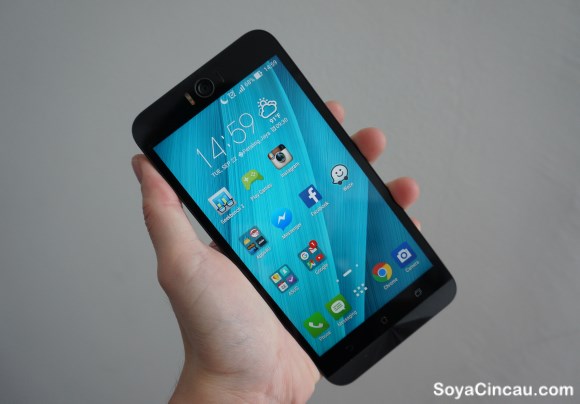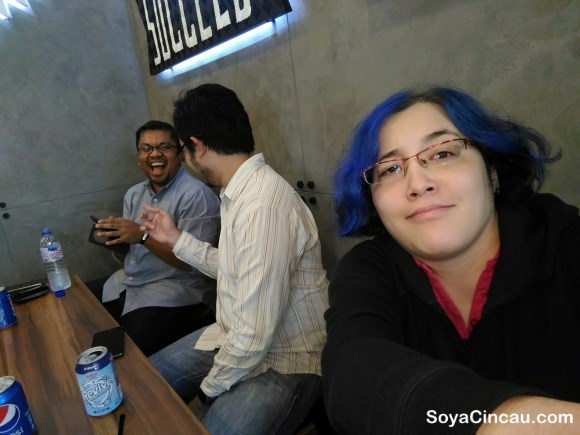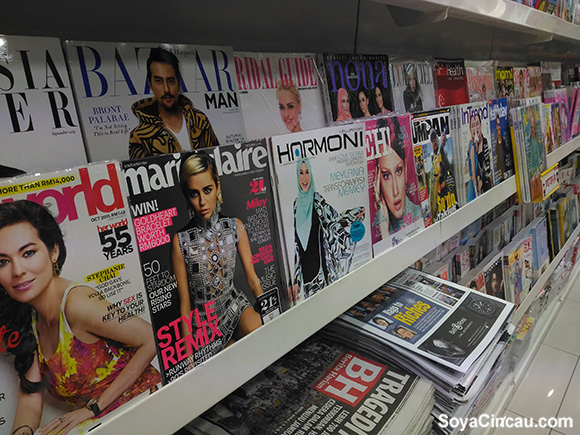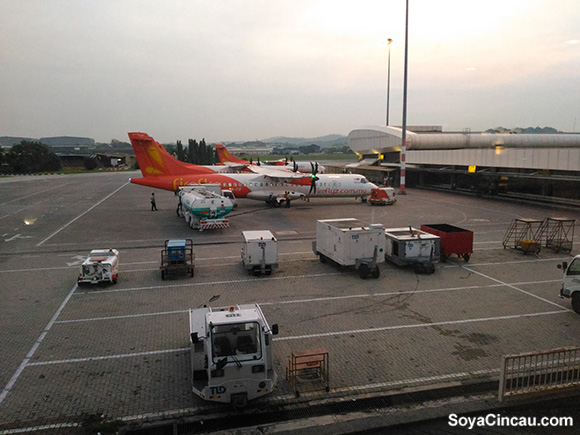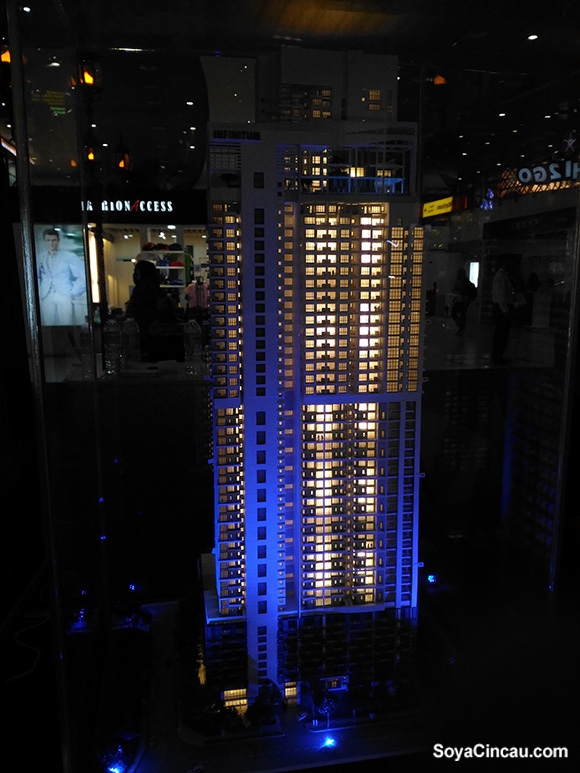ASUS has been on a roll lately with brand new devices ranging from tablets to a wide range of smart phones. The brand has decided to take the fight to the selfie market with the release of the ASUS Zenfone Selfie, a selfie-centric device with a huge rear and front combo.
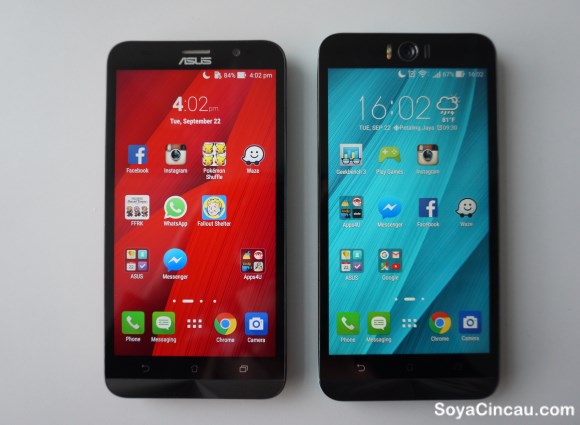
The Zenfone Selfie shares a lot in common with its predecessor the ASUS Zenfone 2, sporting roughly the same looks and layout with its older counterpart. It even has the same curved back design as the Zenfone 2 but curved at a lesser degree to make it wobble less when lying flat.
The Selfie also comes in some pastel colour options if you want to stray away from the usual black-red-silver covers. There’s matte white, powder blue and pastel pink colours to choose from.
As far as the specs go, the Selfie is on par with quite a few devices, but is slightly lower specced than the top of the line Zenfone 2. This puts it in roughly the same segment as the OPPO R7 and the Lenovo Vibe Shot which all sport 3GB of RAM.
[nextpage title=”Build Quality and Design”]
Out of the box, our device came with just a charger and a USB cable but apparently depending on your region you could get it bundled with a pair of earphones as well.
Under the hood you will find a 64-bit Qualcomm Snapdragon 615 mated to 3GB RAM as well as 32GB storage. The screen is a 5.5 inch IPS display with Full HD resolution at 403ppi that features Gorilla Glass 4 to protect against those accidental dings and scratches.
It also features the same battery capacity at 3,000 mAh but is now removable with the innards being rejigged into a friendlier format. This also means that you now have to remove the battery to get to the first SIM port but its just a minor inconvenience. Annoyance a side, we are surprised that ASUS didn’t include NFC on the selfie.
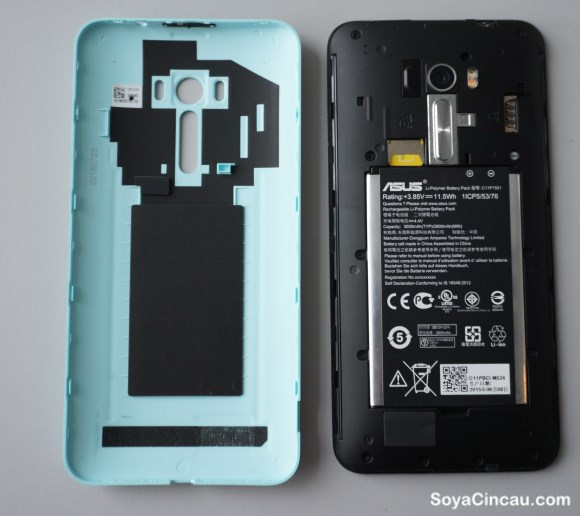
It’s interesting to note that ASUS has decided to go for a Snapdragon processor instead of sticking to Intel as it did with the Zenfone 2 but it’s probably a move done to keep the costs down. But generally speaking aside from the RAM and processor difference, you pretty much have the same innards as the Zenfone 2.
In terms of storage, you get a single 32GB storage option with the Selfie but you only get 25GB of actual storage due to a fair bit sacrificed to preinstalled apps and system files. There is however it does have a microSD slot, so you can bump the capacity up to 64GB extra if needed.
Now the camera is what sets the device apart from the rest of its kin. The Selfie features not one but two 13MP cameras on each side of the device that’s assisted by dual-LED lights. Again, the camera is very similar to that on the Zenfone 2 but it gets an added Laser AutoFocus, more shooting modes and a different placement for its dual LED flash light.
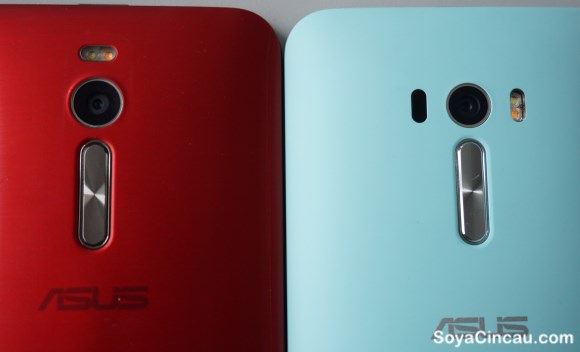
Now here comes the physical differences. The rear of the device mostly looks the same, with a similar configuration as the original Zenfone 2, with the volume buttons under the camera which is flanked by the dual LED flash and autofocus sensor. The speaker is the same as well. The only noticeable difference here is probably the lack of the Intel logo and the flash configuration being a bit different.
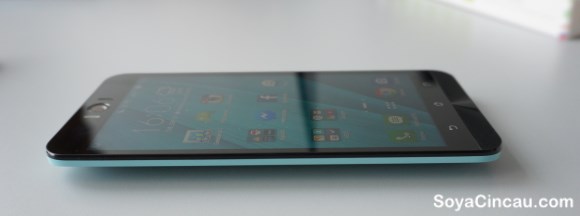
In terms of actual size, the Zenfone Selfie is actually a bit longer than the Zenfone 2, coming in at 156.5 x 77.2 x 10.8mm while the Zenfone 2 measures in a 152.5 x 77.2 x 10.9mm. The display for the Zenfone selfie is pretty much the same as its predecessor, with the exception being that it has Gorilla Glass 4 as opposed to Gorilla Glass 3. It’s also one of the tallest phones we’ve handled, being taller than the Samsung Note5 and that’s a 5.7 inch phone.
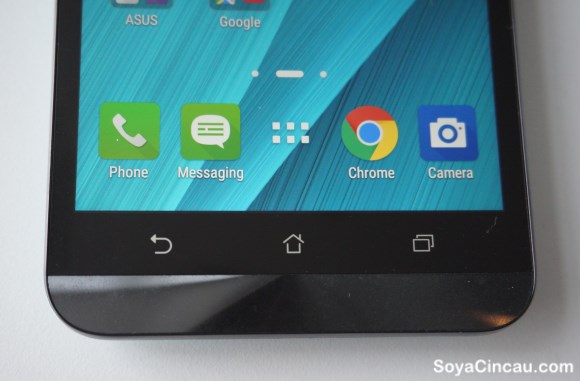
The front of the device on the other hand is home to three capacitive buttons that isn’t illuminated, said huge 13 megapixel camera, the dual LED flash and speaker that has been turned sideways to make room for the camera placed right smack in the middle.
However we find that due to the new placement of the speaker, it can be a little bit tougher to position your ear while you’re still getting used to it. This is mainly because it’s significantly smaller than your average speaker, but call quality remains the same.
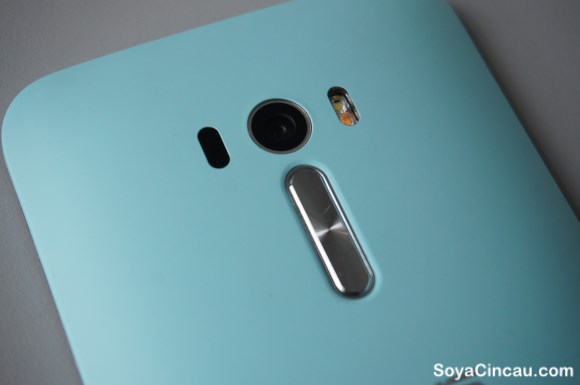
The rear of the phone sports the volume rocker come camera shutter button as well as the camera, flash and sensors. Like the Zenfone 2, the camera is flush with no visible bumps. Due to the phone being slightly taller, the rear button has also shifted up slightly and attempting to press it could be a slight issue if you happen to have small hands.
[nextpage title=”Performance & Usability”]
We ran tests on the Zenfone Selfie using GeekBench and Antutu to gauge how well it performs. It scored a decent 618 (Single-core) and 2,469 (Multi-core) on Geekbench while it nailed 35701 on Antutu, which is average for a Snapdragon 615 smart phone.
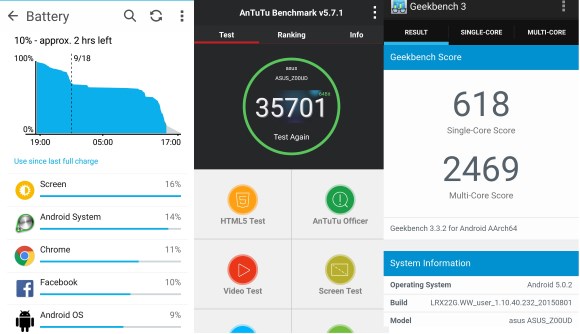
Of course this is lower than what its predecessor came up with but it is likely due to the slightly lower RAM count and the different CPU.
In terms of actual real world usage, the device feels very similar to the Zenfone 2 albeit slightly laggier when it comes to heavy performance apps like 3D games. As far as the battery life is concerned, it is pretty decent with about 15-17 hours from a full charge with an average of 3 hours and 30 minutes of screen on time.
As usual there is a fair bit of storage being eaten up by internal apps, with 7GB of space being used by the system and ASUS’ preinstalled apps. This is the usual bloatware habits and we don’t see them kicking the habit anytime soon. Like the rest of the ASUS Zenfone series, it also supports dual-SIM with 4G LTE and the selfie supports LTE on both SIM slots.
[nextpage title=”Camera”]
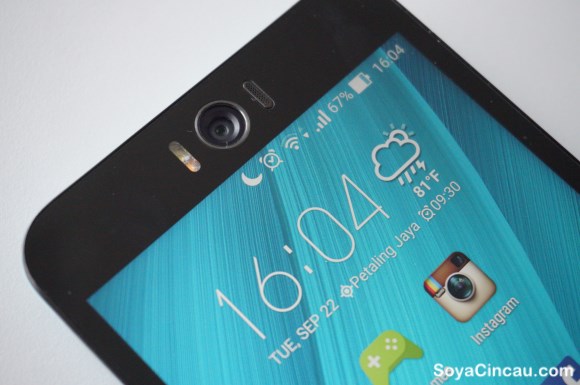
All photos were taken with automatic shooting settings and beautification set to level 3 for the front camera unless stated otherwise.
In terms of camera performance, again it is similar to that of the Zenfone 2 but it does slightly better in dark environments and seems to have a beautification function that has been tweaked for effectiveness. You still have the face slimming and eye enhancement features but they can be quite hit and miss if you don’t play around with the settings.
The beauty mode also does a real good job of smoothing down the imperfections on your face, almost eliminating the need for makeup to cover smaller facial flaws and roughness. Being a selfie shooter, the front camera has auto focus, keeping your faces and various objects in focus with a single tap, while the rear camera has a blistering fast laser focus.
Colour reproduction is more or less the same but it also still has issues with overblowing the white balance when it’s bright out. The HDR mode is still solid as ever though, as you can see below.
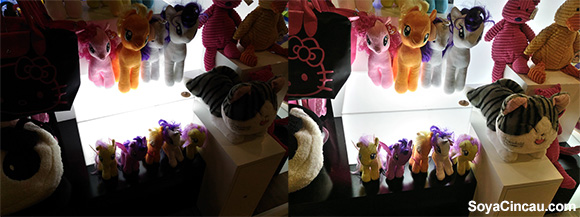
The flash however is extremely powerful and we find that it tends be quite blinding especially in the dark. However we do find that using the torch function for the front camera while snapping at in the dark does provide you with nicer shots as it illuminates the immediate area fairly well. Below is a photo comparison, with the 1st image being that using the flash and the 2nd using the torch.
With Flash

With the Torch

It doesn’t seem that you can adjust the intensity of the flash like what you can do with the ZenFlash app either.
But we do find that the flash doesn’t wash out the colour of your face so it does its job pretty well in that aspect. You can more or less achieve the same effect using ASUS’s add on Lolliflash flash kits that have the same tech built in. Otherwise the front and rear camera are pretty satisfactory.
You can check out more photos we took with the Zenfone Selfie below.
Front camera
Rear Camera
[nextpage title=”Pricing & Conclusion”]
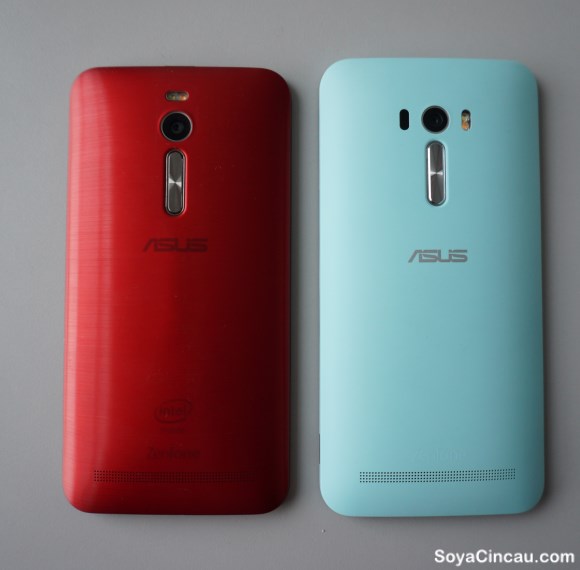
At the end of the day with the Asus Zenfone Selfie you are more or less getting the nicer bits of ASUS’s winning formula that it had with the Zenfone 2, albeit with a few of its own shortcomings. We didn’t find much at fault with the device in general with exception of the camera flash being much too powerful, blinding yourself or your subjects is a bit overkill for a selfie centric phone. Performance was still decent though it didn’t pack the punch its Intel based cousin that came with 4GB of RAM, but it was still pretty smooth overall.
In terms of price difference, the Zenfone Selfie and the Zenfone 2 came pretty close at RM 1,049 for the Selfie and RM 1,199 for Zenfone 2 4GB RAM and 32GB storage variant. Hopefully they will make larger storage variants available for the Selfie.
If you happen to be really into selfies, the Zenfone Selfie does the job well thanks to its 13MP front Auto Focus camera. For those who aren’t into selfies, you might want to consider the Zenfone 2 with 4GB RAM that’s geared towards performance within the same price range.

